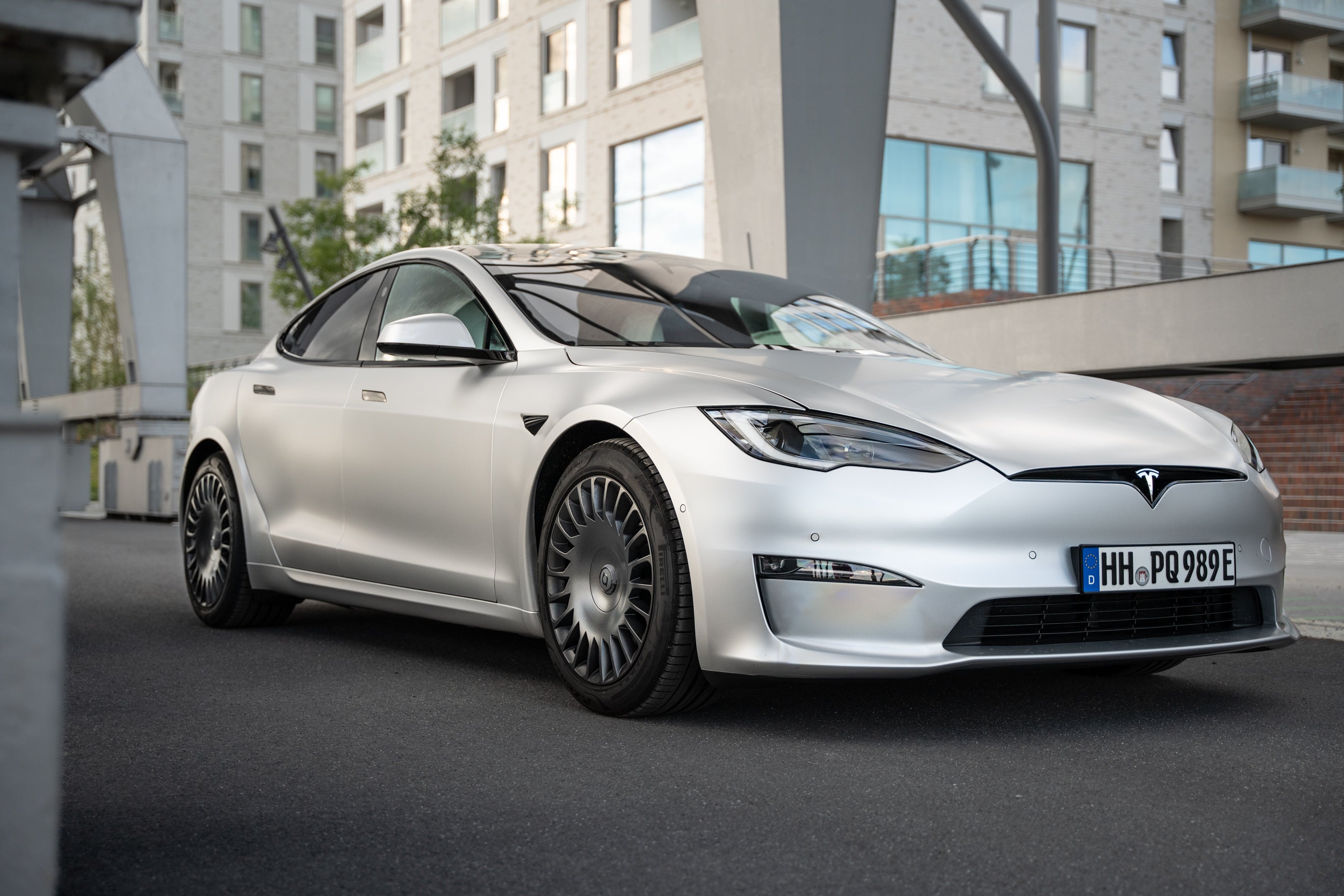President Trump has announced a 25% auto tariff on all foreign vehicles – and although Tesla produces its vehicles entirely in the USA, the 25% auto tariff does not leave Tesla unaffected. In this article, you'll learn how this new tariff impacts Tesla and the economic challenges that lie ahead.
Background of the 25% auto tariff
Starting April 2, the 25% tariff introduced by Trump will come into effect. This targets all imported vehicles and is intended to exert significant financial pressure on international automakers. While many major brands like Toyota, Volkswagen, and Hyundai rely on imported parts, Tesla – as the only major manufacturer with complete US production – initially seems to have an advantage. However, the tariff is also noticeable here.
Impact on Tesla
Despite the vehicles being fully manufactured in the USA, Tesla will not remain untouched by the new tariff.
-
Imported components: While you benefit as a Tesla driver from domestic manufacturing, many important vehicle parts come from abroad.
-
Cost increases: These imported components lead to additional costs, which ultimately also affect the final price.
-
Competitive advantage relativized: Even though other manufacturers are more affected, Elon Musk makes it clear: The cost effects are by no means trivial and must be closely monitored in the future.
Further economic consequences
The 25% auto tariff could be financially devastating for traditional automakers, as they produce a large portion of their vehicles in countries like Canada, Mexico, or Asia.
-
Legacy automakers: Brands like Stellantis, Nissan, and GM face the challenge of either accepting higher prices or significantly reducing their margins.
-
International reactions: In the United Kingdom, there is currently discussion about support programs and subsidies to support the domestic automotive industry – a measure that could also indirectly affect Tesla.
Future Developments
Although Tesla might have an advantage at first glance due to purely domestic production, it remains to be seen how the globally interconnected supply chain will affect in the long term. The reactions of international markets and possible political countermeasures could also affect Tesla, so that the apparent lead is relativized.
Conclusion
The 25% auto tariff also represents a significant challenge for Tesla. Despite domestic production, the impacts on imported vehicle parts show that the financial pressure is significant. It remains exciting to observe how these developments will affect the pricing and market position of Tesla – and what this means for the future of the US automotive industry.







































